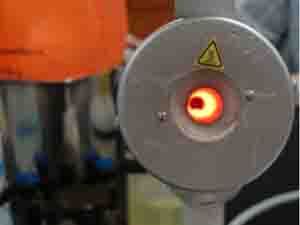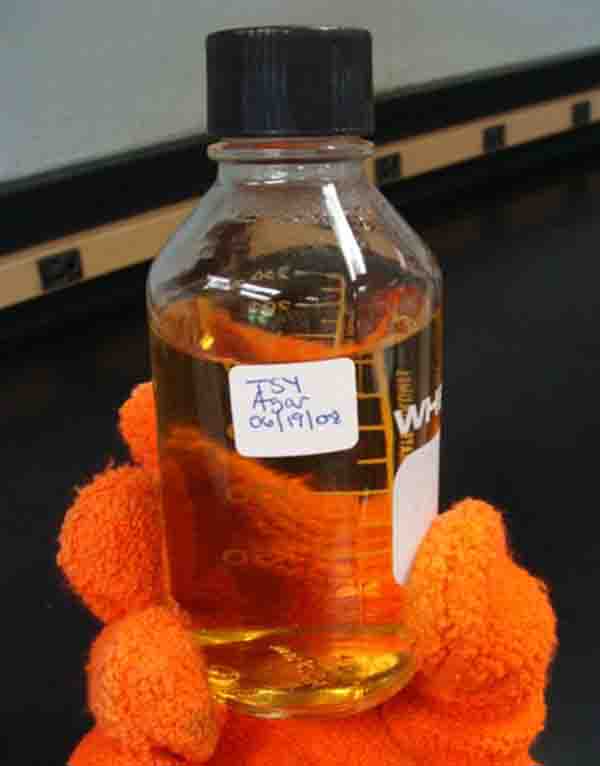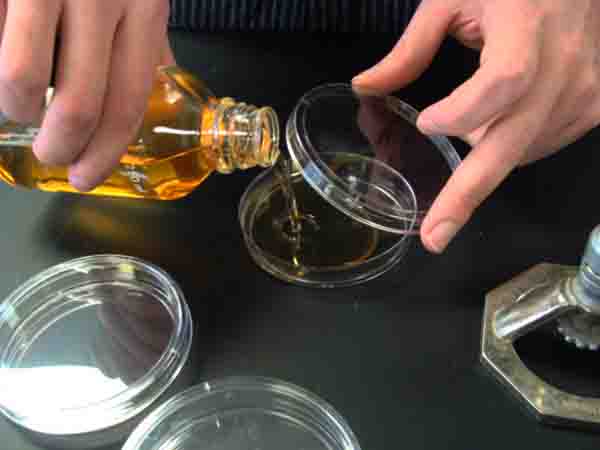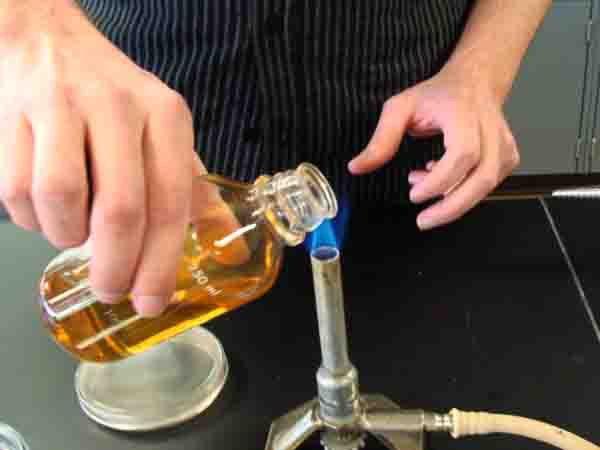 | ||||
Aseptic Sterile Technique
Used in Microbiology Laboratories
Any medium used to grow bacteria must initially be sterile, so that the species of bacteria or clinical samples ultimately transferred to the medium remain pure and uncontaminated by microbes in the surrounding environment.
Article Summary: In a microbiology lab it's essential to avoid contamination of sterile materials and isolated cultures with the bacteria and fungal spores that are all around us.
Aseptic Technique Used to Reduce Contamination
Microincinerator used to sterilize inoculation loops.
 | ||||||
SPO VIRTUAL CLASSROOMS
SCIENCE VIDEOS
In microbiology
aseptic technique is required, and involves being constantly mindful of each action performed in the laboratory environment. Here are some examples of how this technique is practiced.
Page last updated:
8/2015
You have free access to a large collection of materials used in a college-level introductory microbiology course. The Virtual Microbiology Classroom provides a wide range of free educational resources including PowerPoint Lectures, Study Guides, Review Questions and Practice Test Questions.
The SPO website is best viewed in Microsoft Explorer, Google Chrome or Apple Safari.
Sterile Media for Growing Bacteria
Bacteria grown in the lab must be provided with nutrients, moisture, the proper pH, and a surface to grow on. A growth medium (plural: media) takes care of all of these needs.
Media is typically made from a powder that is dissolved in water and then poured into bottles and sterilized in an autoclave.
Sterile Tryptic Soy Agar, liquid when warm, so that it can be poured into Petri dishes.
Although, at this stage it is sterile (free of microbes), there is opportunity for contamination whenever the medium is interacted with, such as when it’s poured into Petri dishes or when a poured and set media is inoculated with bacterial or clinical samples.
VIDEO:
How to Aseptically Pour Bacterial Growth Media
Neck of TSY bottle being sterilized to prevent contamination.







